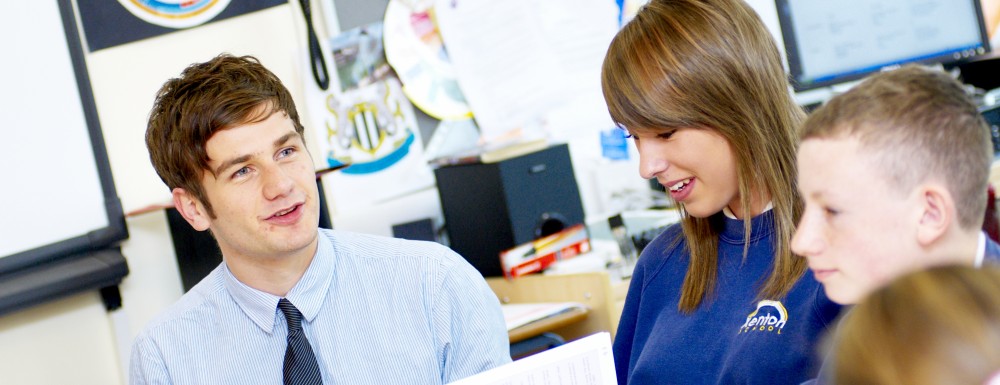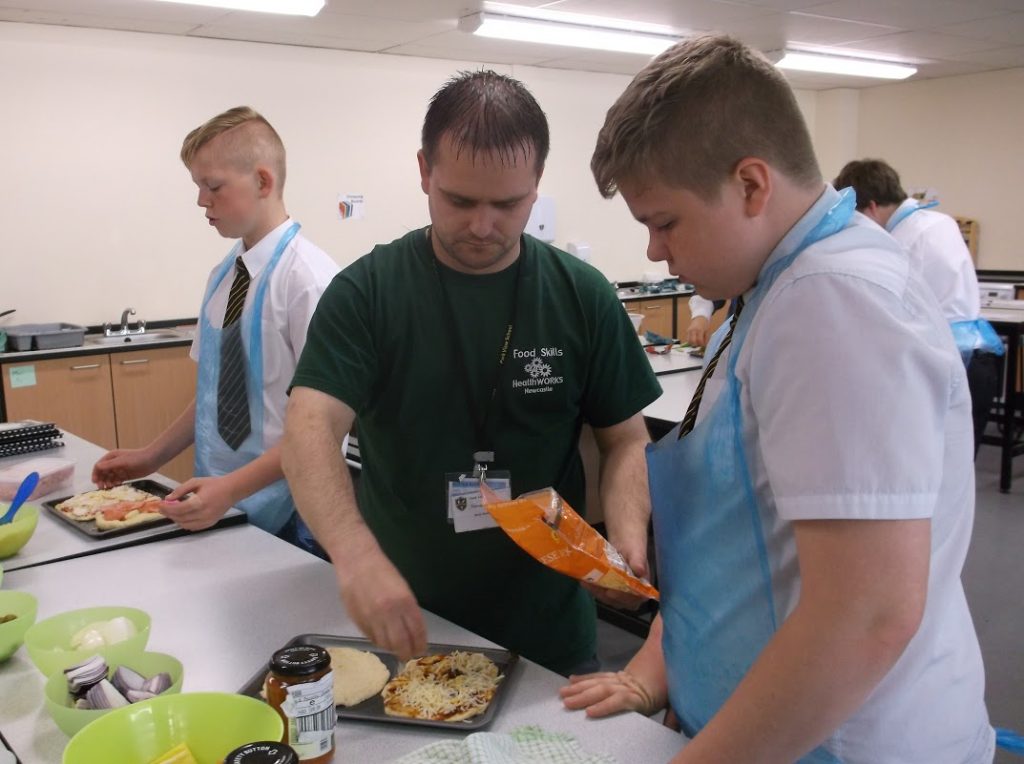Sue Robson, Rene Koglbauer, Ulrike Thomas and Anna Reid from CfLAT and North Leadership Centre, Newcastle University, led an Erasmus+ project ‘Entrepreneurial Competences for School Leadership Teams’ (2014-2016). The project aimed to identify successful entrepreneurial competences from the business world and adapt them to school leadership contexts. Our partners included edEUcation ltd, the European School Heads Association, the Universities of Jyväskylä, Finland and Primorska in Slovenia, and the Bucharest University of Economic Studies, Romania.
Partners worked with schools across Europe to design a programme to enhance the entrepreneurial competences of schools leadership teams (SLTs) and help them to lead and manage schools in a rapidly changing educational environment. The programme includes five modules:
- Conducting a professional enquiry
- Strategic Thinking and Visioning
- Team Building, Personnel Management and Development
- Communication and Negotiation Skills
- Financial Resource Mobilisation and Optimisation
The modules and associated resources are free to download from the project website http://www.ec4slt.com.
This blog discusses our work with three schools in the northeast of England that have developed an entrepreneurial model of collaborative school leadership.
THE SCHOOLS
Dame Dorothy Primary School: Iain Williamson, headteacher
Springwell Village Primary School: Louse Wiegand, headteacher
St John Boste RC Primary School: Denise Cushlow, headteacher
THE FOCUS OF THEIR ENQUIRY
In 2012 the local authority support for school improvement in Sunderland came to an end. Schools faced the challenge to ensure that the critical professional friendship that helped leaders to evaluate their schools’ performance, identify priorities for improvement and plan effective change should continue. This challenge led the three headteachers to explore a collaborative model as a strategic solution to support improvement in their schools.
The process began in 2013. It involved putting in place a strategic plan for distributed leadership in each of the schools. This began with self-assessment of each school and critically evaluating the other schools. One SLT played the role of the inspection team to assess the performance of the partner school. The third school chaired a meeting between the school and its ‘inspection team’.
The ability to deliver meaningful and thought provoking feedback in a professional and sensitive way is a crucial skill for leaders
senior leadership teams, staff and governors at all three schools
In a retrospective examination of the triad process, interviews with leaders, teaching staff, governors and administrative staff gathered their perceptions of the process. Evidence was also drawn from OFSTED inspection reports.
The SLTs reflect on the process evaluating whether a collaborative leadership model could utilise the leadership strengths across the partnership to contribute to the improvement of all three primary schools.
Evidence drawn from OFSTED inspection reports, data on pupil performance and awards received by each of the schools indicates significant improvements in all three schools.
An OFSTED inspection report for St John Boste School (2016) noted that the ‘dedicated and committed leadership is effective and has led to improvements in the school. Accurate evaluation of strengths and weaknesses in pupils’ performance and the quality of teaching, learning and assessment and action taken promptly to address concerns has led to improved pupil outcomes’. The Ofsted report also noted benefits to governors of the triad model:
Leaders work collaboratively with those from two other schools to share practice. This ‘triad’ enables governors to attend training and share expertise with other governing bodies.
Data from interviews held with leaders, teachers, governors and administrative staff indicate their positive perceptions of the process:
Louise Wiegand noted an initial concern regarding SLT development:
My SLT needed further development in the strategic skills needed to lead long-term meaningful change – where were those meaningful opportunities to come from?
The answer lay in sharing expertise, with SLTs and other staff members worked together across the schools.
The Premises Manager and SLT member at Dame Dorothy commented:
I liked the idea of working with others. If I get the chance to pass on good knowledge or good practice then this is something I am eager to do.
Iain Williamson noted the development of his SLT through their involvement in the triad:
I believe my SLT were the most established of the schools at the formation of the triad but they lacked confidence. Working alongside colleagues who shared similar fears but hadn’t been allowed the opportunities they had gone through gave them a sense of value in the roles they performed. It was at this point that they started to see themselves as I did – as leaders.
Denise Cushlow is very positive about the model. She reflects:
As we met towards the end of the first year to evaluate the triad and the impact it had had, it was clear that it was something that would continue to grow and develop. Realising the positive impact it had had on us as leaders and on our SLTs inspired us to consider ways in which other members of our teams could benefit and grow.
The Triad partnership has also extended to including the pupils at the three schools who now regularly meet and undertake activities together. These activities are not just ‘fun’ but focus on learning from each other. Recently, for example, the School Council at Dame Dorothy worked together with the other Triad schools in order to ‘share our ideas to improve our schools.’ (School Council Newsletter). One example of the impact of this was outlined by the children:
We visited Springwell Primary School; at Springwell we learned about young leaders which is also used in our school. We heard that they linked their young leaders to an anti-bullying scheme. So since we were given a silver award in anti-bullying we thought it was a good idea to follow.
Although the development of SLTs was the initial focus, the Triad collaborative model has established a life force and energy that cascades into many aspects of school life. Subject leaders, classroom teachers, governors, office and premises staff and pupils have all become part of the network of support. The challenge is now to sustain this energy and allow it to grow further.




